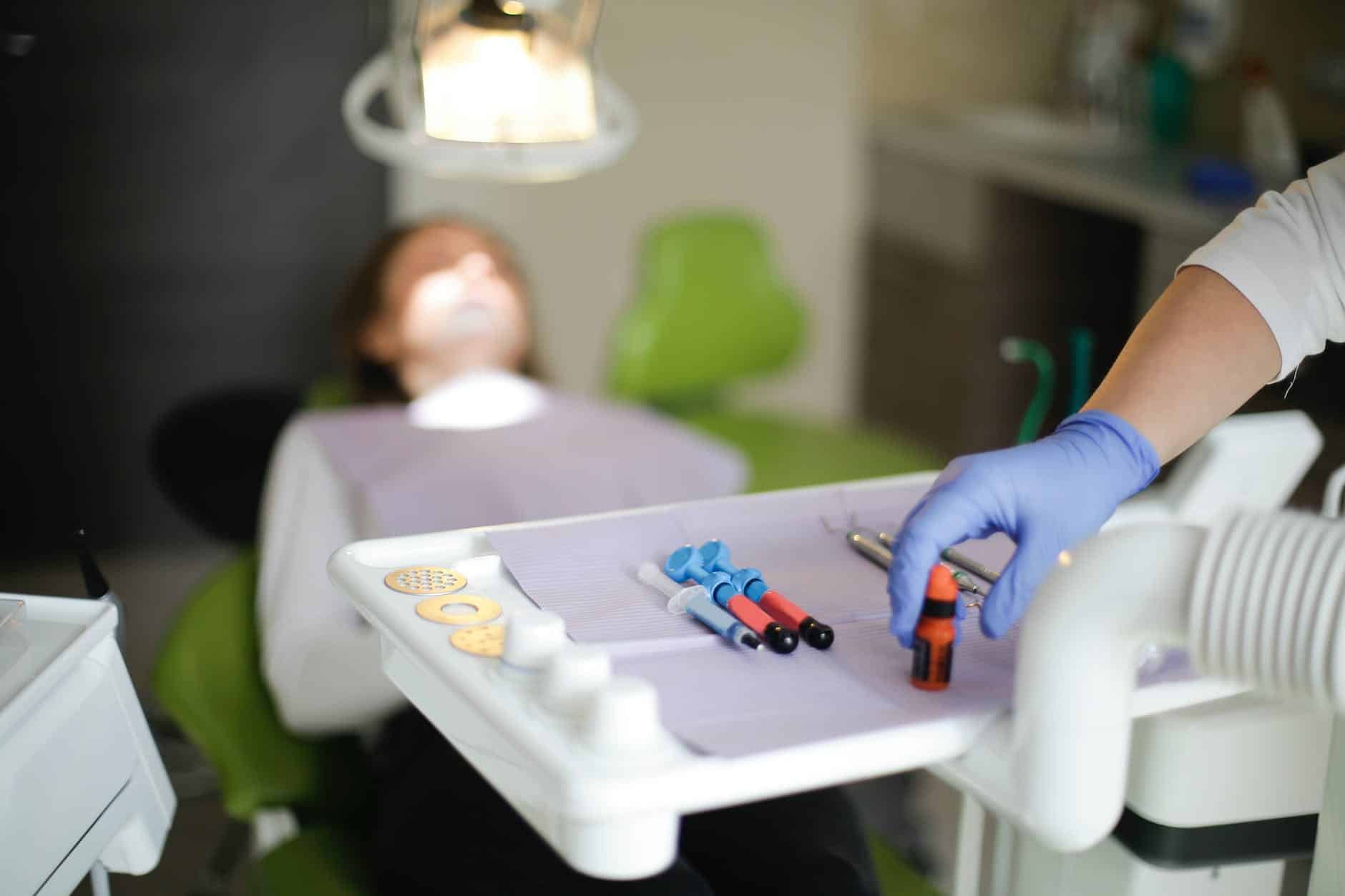Introduction
The smile is often considered a universal language, conveying warmth, joy, and confidence. Behind every radiant smile, however, lies a complex world that goes beyond mere aesthetics. Oral surgery, a specialized branch of dentistry, delves into this intricate realm to address a myriad of issues affecting the oral and facial structures. In this article, Dr. Mark Austin will embark on a journey behind the smile, exploring the world of oral surgery and shedding light on the crucial role it plays in restoring both function and aesthetics.
The Scope of Oral Surgery
Oral surgery encompasses a broad spectrum of procedures, ranging from routine extractions to complex surgical interventions. One of the most common procedures is tooth extraction, often necessitated by severe decay, trauma, or overcrowding. Oral surgeons are skilled in navigating the delicate balance between preserving surrounding structures and ensuring a patient’s comfort during these extractions. Beyond routine dental procedures, oral surgeons also play a vital role in addressing more complex issues such as corrective jaw surgery, cleft lip and palate repair, and the removal of tumors or cysts within the oral and facial regions.
These procedures require a deep understanding of the intricate anatomy of the oral and maxillofacial areas. Oral surgeons, equipped with both medical and dental expertise, collaborate seamlessly with other healthcare professionals to provide comprehensive care. This interdisciplinary approach ensures that patients receive not only effective surgical solutions but also holistic treatment plans that consider their overall health and well-being.
Technological Advancements in Oral Surgery
The field of oral surgery has witnessed remarkable technological advancements in recent years, revolutionizing the way procedures are conducted and enhancing patient outcomes. One notable innovation is the advent of digital imaging techniques such as cone-beam computed tomography (CBCT), which provides three-dimensional views of the oral and maxillofacial structures. This technology allows oral surgeons to visualize anatomical details with unprecedented precision, facilitating accurate diagnosis and treatment planning.
Furthermore, the incorporation of computer-aided design and manufacturing (CAD/CAM) has streamlined the creation of custom implants and prosthetics. This not only improves the efficiency of surgical procedures but also enhances the long-term functionality and aesthetics for patients. The integration of these technological tools into oral surgery reflects a commitment to advancing patient care through cutting-edge solutions.
Patient-Centric Care in Oral Surgery
The field of oral surgery is not only about technical proficiency; it places a strong emphasis on patient-centric care. Oral surgeons recognize the anxiety and apprehension that often accompany surgical interventions, and they prioritize open communication and empathy. Building a strong doctor-patient relationship is foundational to successful outcomes, and oral surgeons invest time in thoroughly educating patients about their conditions, treatment options, and postoperative care.
Moreover, the concept of minimally invasive surgery has gained prominence in oral surgery. This approach aims to reduce trauma, discomfort, and recovery time for patients. Techniques such as laser surgery and endoscopic procedures exemplify the commitment of oral surgeons to providing effective treatments while minimizing the impact on the patient’s overall well-being.
Challenges and Innovations in Oral Surgery
While oral surgery has evolved significantly, it is not without its challenges. The intricate nature of the oral and maxillofacial regions, coupled with the variability in patient anatomy, demands a high level of adaptability from oral surgeons. Furthermore, managing pain and postoperative complications requires a nuanced approach to ensure optimal patient outcomes.
In response to these challenges, continuous innovation remains a driving force in oral surgery. Research initiatives explore novel techniques, materials, and technologies to address existing limitations and elevate the standard of care. From regenerative medicine applications to the development of advanced biomaterials, the future of oral surgery holds promise for even more refined and patient-friendly interventions.
Conclusion
In conclusion, oral surgery stands as a pivotal field in the realm of healthcare, addressing not only the functional aspects of oral and facial structures but also the emotional and psychological well-being of patients. The intricate procedures performed by oral surgeons, supported by technological advancements and a commitment to patient-centric care, contribute to the restoration of smiles and, by extension, the enhancement of overall quality of life. As we delve behind the smile, we uncover a world of precision, compassion, and innovation that defines the essence of oral surgery.
